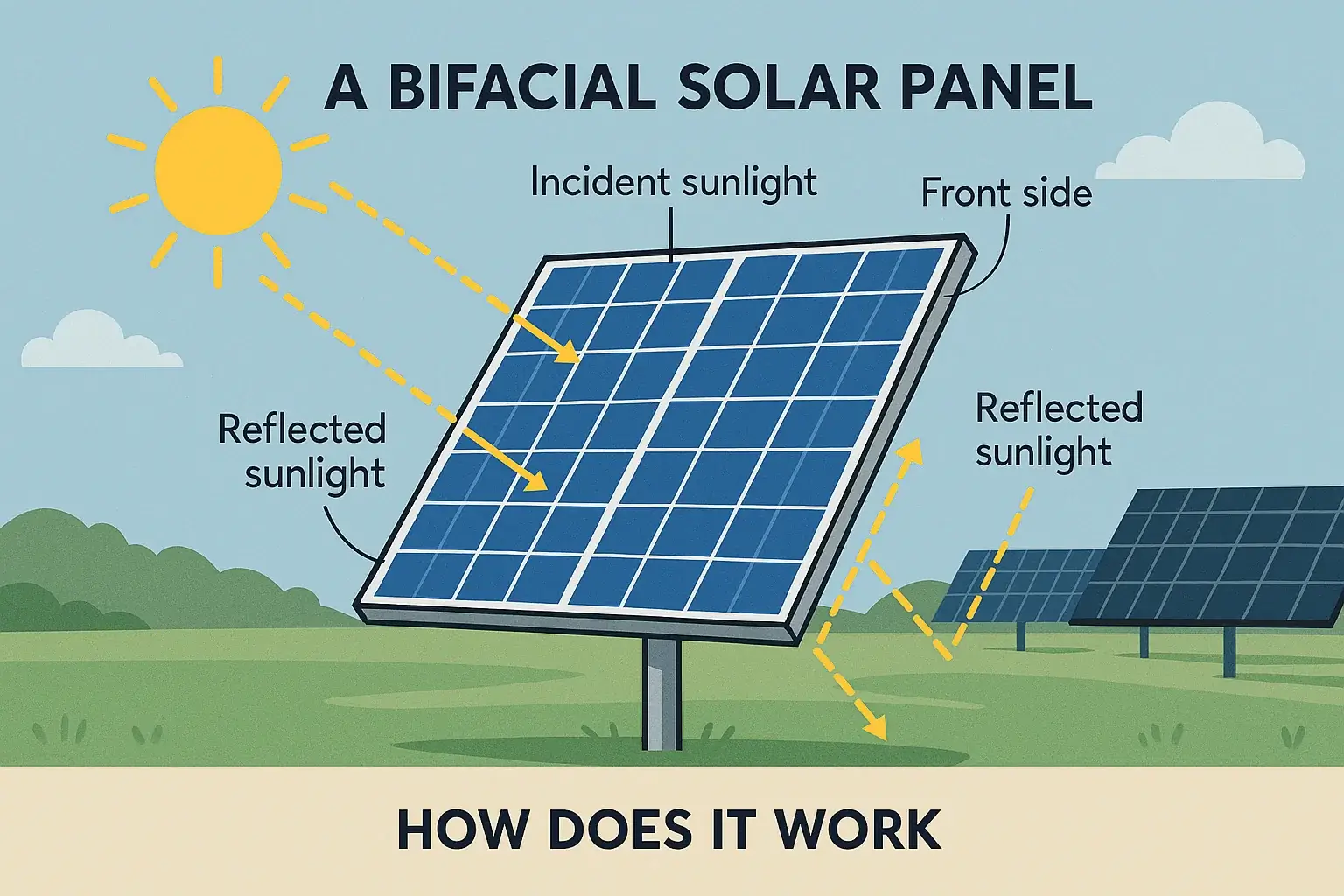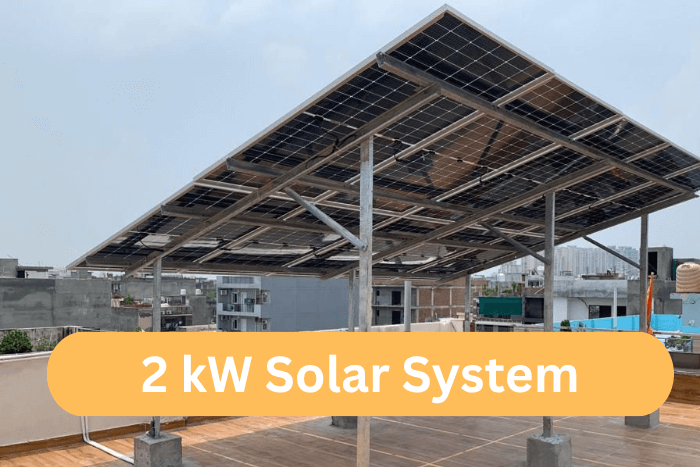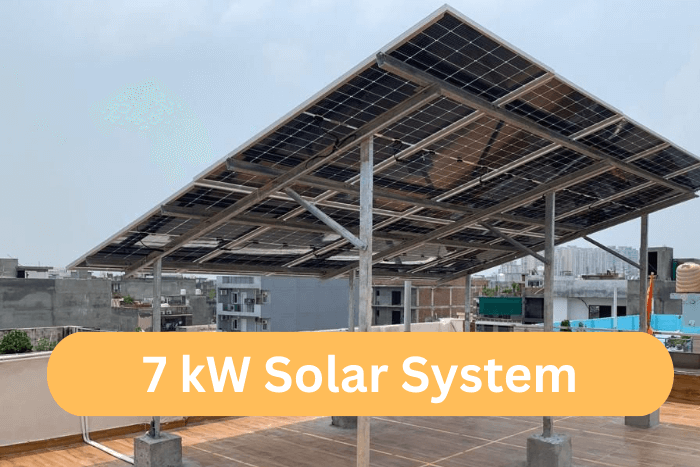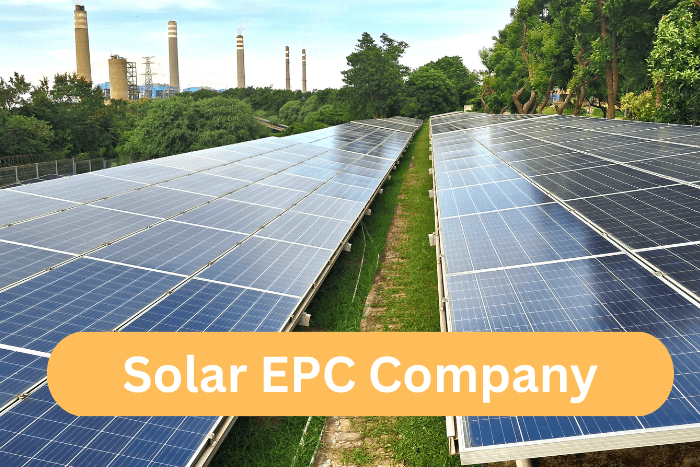What is A Bifacial Solar Panel? How Does It Work?
Bifacial Solar panels are the highly preferred renewable energy for optimizing massive energy harvesting. These panels provide a better advantage when compared to Monofacial solar PV modules. They are also easier to capture sunlight from both sides. They deliver a better range of efficiency along with taking less space. They would represent a better solar panel design. These have been massively emerging as significant trends in solar PV technology.
What Is A Bifacial Solar Module?
Bifacial modules would produce solar power from all sides of the panels. These are completely effective options when compared to the traditional opaque-back sheeted panels, which are called Monofacial. The bifacial solar panel is exposed on the front and back sides of the solar cells.
Bifacial modules will be extensively installed on the highly reflective surface called the TPO roof. These can also be installed on the ground with light-colored stones. Many bifacial module manufacturers also claim that these would easily increase the production level to more than 30%.
High-end power is generated through these solar panels in the best manner. The cost gap between the bifacial and conventional modules will be decreased due to supply and demand. Based on a recent report, the world market share on bifacial cell technology will increase to more than 80% by 2030.
Maximizing Energy with Bifacial Panels
Bifacial solar modules would offer a better range of advantages when compared to traditional solar panels. It also enabled the potential-induced degradation (PID) concerns, which would be reduced across the bifacial module. Know what is bifacial solar panel is before installing it on your premises. The power can be produced from both sides of the bifacial module. These would automatically increase the total energy generation to the maximum. These are often durable as both sides are UV resistant.
How Do Bifacial Solar Panels Work?
Bifacial modules are available in varied designs. Some of the framed Bifacial Solar Panels will be frameless. These are completely enabled with dual glass, but others also use clear back sheets. Monocrystalline cells can also be found in polycrystalline designs.
These also involve a constant power supply produced on both sides. Frameless and dual-glass modules will expose the backside of cells. These are not bifacial as they would have less contact with sunlight. Bifacial solar panels, like conventional solar panels, work with the top solar cells, capturing the light directly. Bottom cells would extensively absorb light reflected off the ground. These generate more power based on the square meter area.
Sunlight reflected off the ground will not be absorbed, so these are called the albedo light. These can convert albedo light for various reasons. It can affect the total panel efficiency to the maximum level. The light-reaching module’s rear side will be different from the light-reaching front side.
Bifacial modules will be based on the bifacial ratio along with module bifaciality. The module facility is the ratio of energy conversion efficiency on the front and rear sides. The front of a bifacial solar module will be extensively covered in protective glass. The rear side will be made with a transparent polymer back sheet.
It will allow the sunlight to pass across the panel easily. Bifacial solar panels make using conventional solar panels with opaque back sheets convenient.
Many bifacial panel designs also incorporate dual glass along the rear of modules. These efficient glass-glass panels excellently transmit light. It will be resistant to unpredictable weather and moisture. These are also enabled with higher mechanical load capacity.
Which Is Better - Bifacial Or Monofacial Solar Panels?
Monofacial solar panels absorb light on a single side, while bifacial panels use both sides to capture sunlight. Both panels have pros and cons, including efficiency and appearance. Efficiency gains on bifacial panels depend on the installation environment. Installing on Light-colored surfaces like sand would reflect more light on the rear side of the panels while installing on darker surfaces such as asphalt or dirt would reflect less.








